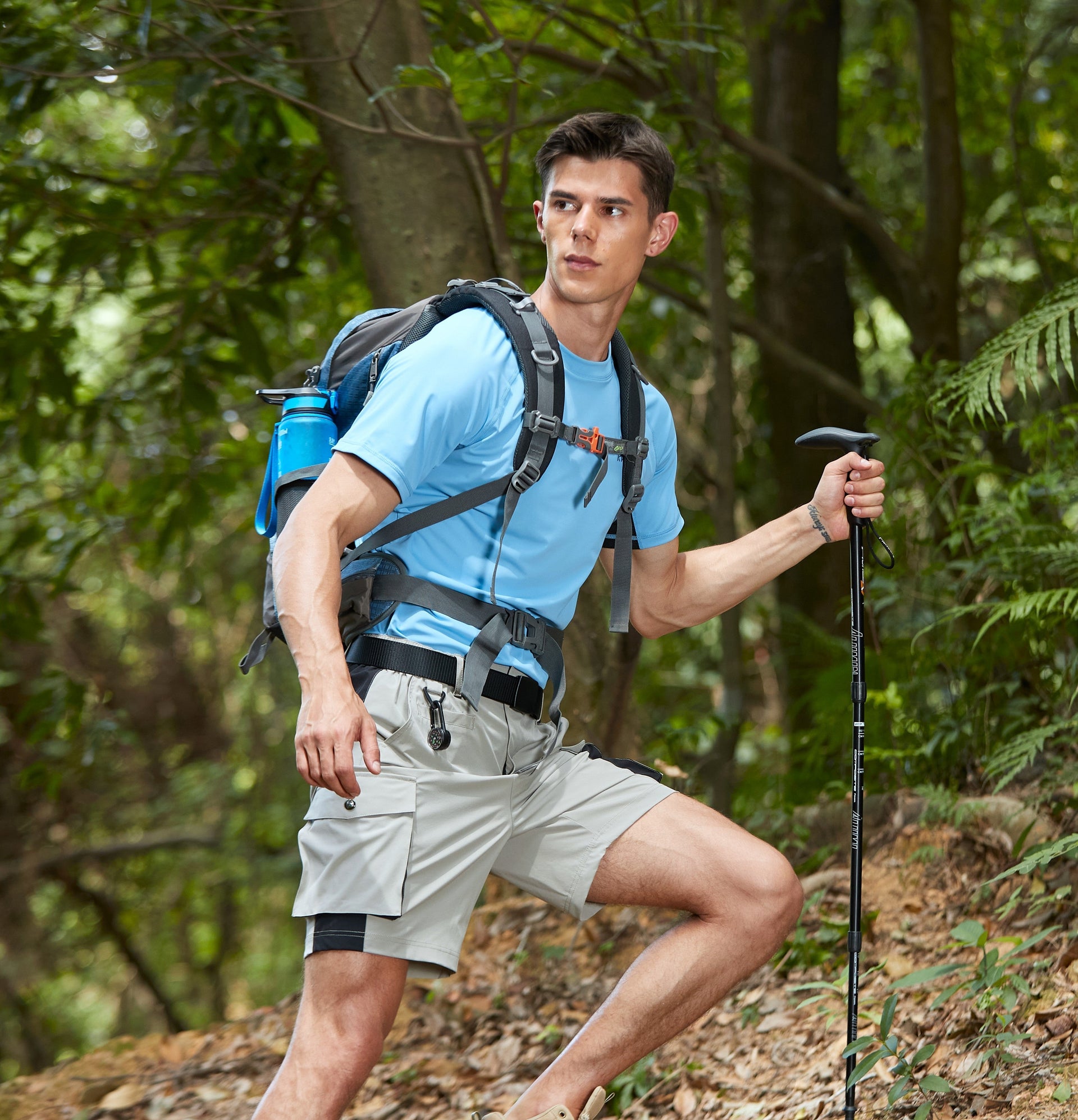
A Hiker’s Guide to Staying Together and Staying Safe
Hiking with friends sounds perfect in theory—shared views, shared snacks, shared suffering on steep climbs. But every year, countless “fun group hikes” turn into mini rescue missions when someone wanders off the trail or gets into trouble.
Let’s face it: mountains are gorgeous, but they don’t come with Wi-Fi or crowd control. Staying together and looking out for each other is what turns a group of hikers into a team. So, here’s how to make sure your adventure ends with high-fives, not helicopter rescues.
1. The Buddy System: Simple, but Brilliant
It’s not just for kindergarten field trips—the buddy system is a lifesaver in the wild.
-
Pair up before you start: Each person should have a designated buddy to check in with regularly.
-
Never hike alone within the group: If someone needs a bathroom break or stops for photos, their buddy stays with them.
-
Headcounts matter: Do a quick count at every major stop—summit, viewpoint, or rest break.
A good rule of thumb: if you can’t see or hear your friends, you’re too far away.
2. Communication Tools: Because Yelling Has Limits
Walkie-talkies or radios:
In areas with poor cell service, these are gold. Choose long-range models (at least 2–3 miles) and agree on a channel before starting.
Phones with offline maps:
Download apps like AllTrails, Komoot, or Gaia GPS and store the trail map offline. That way, even if you lose signal, you don’t lose direction.
Whistles:
Lightweight, loud, and easy to use. A whistle blast travels farther than a scream—and doesn’t destroy your vocal cords.
-
1 blast: “Where are you?”
-
2 blasts: “Come to me.”
-
3 blasts: “Help!”
Every hiker should carry one.
3. Setting Group Rules Before You Start
The best safety plans are made before hitting the trail.
-
Agree on a pace: Fast hikers can walk ahead but must stop and wait at trail junctions.
-
Set check-in points: Decide where to regroup if you get separated (trail markers, river crossings, etc.).
-
Share maps and plans: Everyone should know the route, estimated time, and nearest exit point—not just the “leader.”
4. Gear That Keeps You Connected
Even the most basic gear can make a big difference:
-
Headlamps: If someone gets delayed, light helps them stay visible and find the trail after sunset.
-
Extra batteries or power banks: Dead phone = lost GPS = panic.
-
Bright clothing or reflective tape: You’re easier to spot in dense forest or low light.
-
First aid kit: Include essentials like bandages, antiseptic wipes, and an emergency blanket.
And for longer treks or remote trails:
-
Satellite messengers or GPS trackers (like Garmin inReach or SPOT). They can send SOS signals and share real-time location data—even with zero cell service.
5. When Someone Goes Missing
Even with the best planning, people sometimes get separated. Here’s what to do if that happens:
-
Stay calm. Panic burns energy and clouds judgment.
-
Call out or use your whistle. Try the pre-agreed signal sequence.
-
Retrace steps carefully. Don’t split into too many smaller groups; that just multiplies the risk.
-
Mark your location. If you start searching, leave signs (a stick arrow on the ground, bright gear tied to a tree) to avoid getting lost yourself.
-
Contact authorities. If the person doesn’t respond within a reasonable time or it’s getting dark, call local emergency services. Provide details: location, clothing color, last known time seen, and their gear.
If you’re the one who’s lost:
-
Stop and stay put. Moving randomly makes you harder to find.
-
Make yourself visible: Use bright clothing, flashlights, or reflective surfaces.
-
Conserve battery life: Only turn on your phone to send messages or check GPS intermittently.
6. Practice Mutual Awareness
Hiking with friends isn’t just about taking selfies and sharing trail mix—it’s about watching out for each other.
-
Check if anyone’s lagging, dizzy, or unusually quiet (a sign of dehydration or exhaustion).
-
Encourage water breaks and snack stops.
-
Make sure everyone’s gear is intact—shoelaces tied, backpack straps secured, etc.
Because when you’re miles from civilization, your best piece of safety equipment isn’t a gadget—it’s your group.
Final Steps and Final Thoughts
Good hiking buddies are like climbing ropes: you hope you’ll never need them for safety, but you’re glad they’re there. With a bit of planning, communication, and shared responsibility, your group can enjoy the adventure and come home safely.
Remember: trails are meant to be shared, not survived. So stick together, stay alert, and make sure everyone gets to brag about the view together at the end.